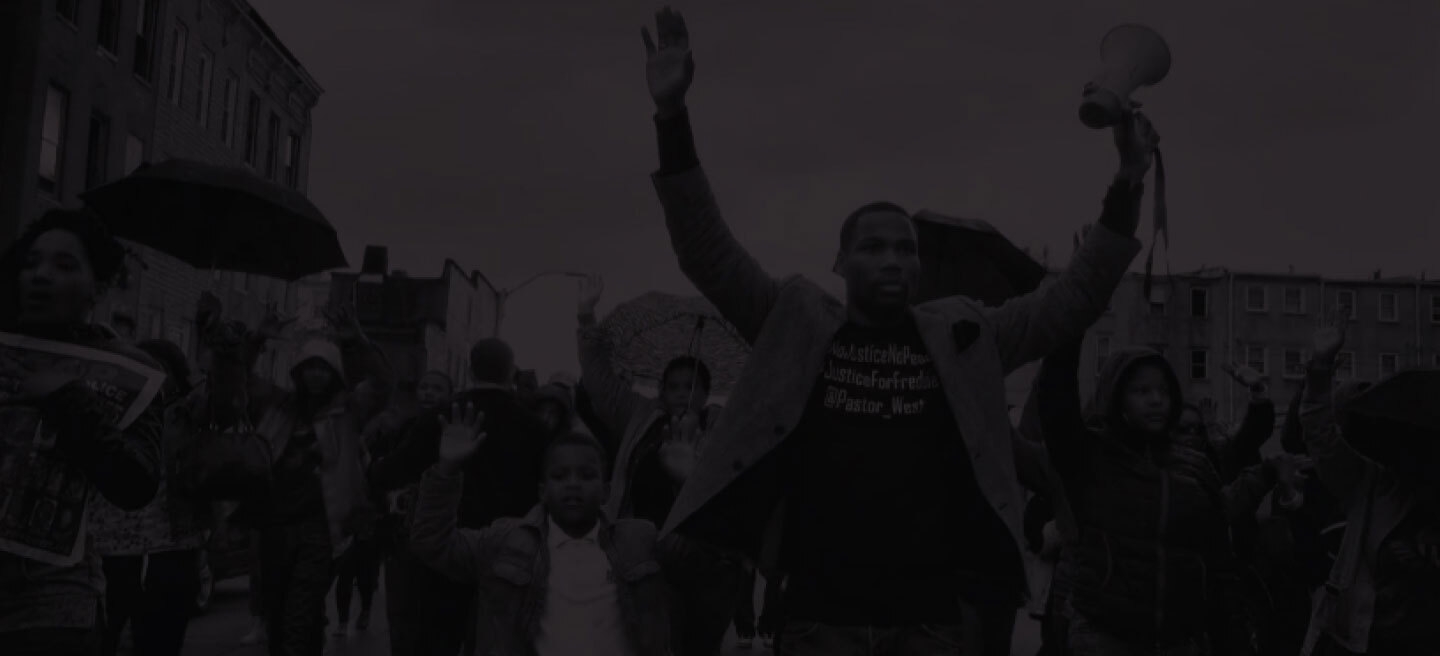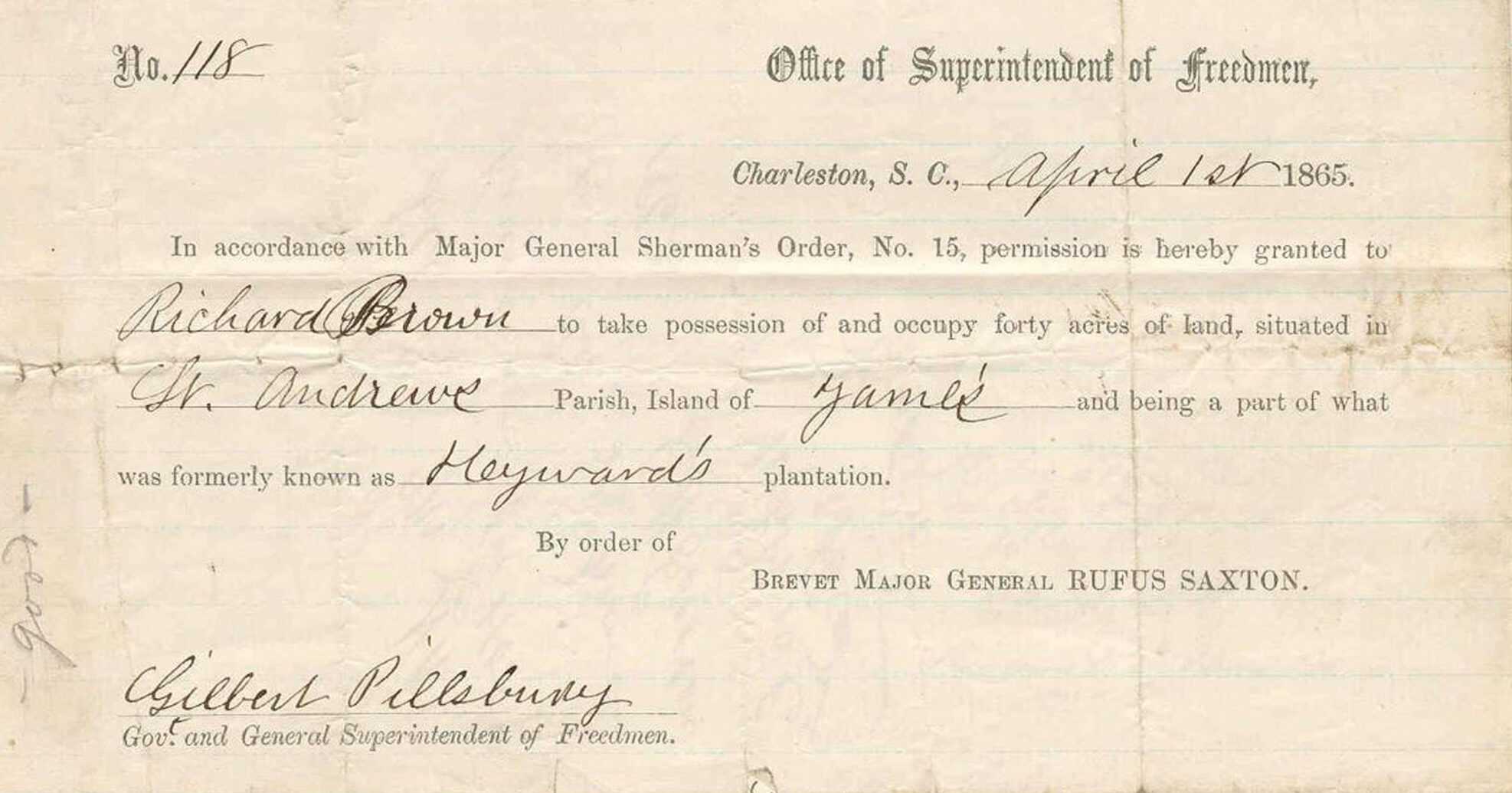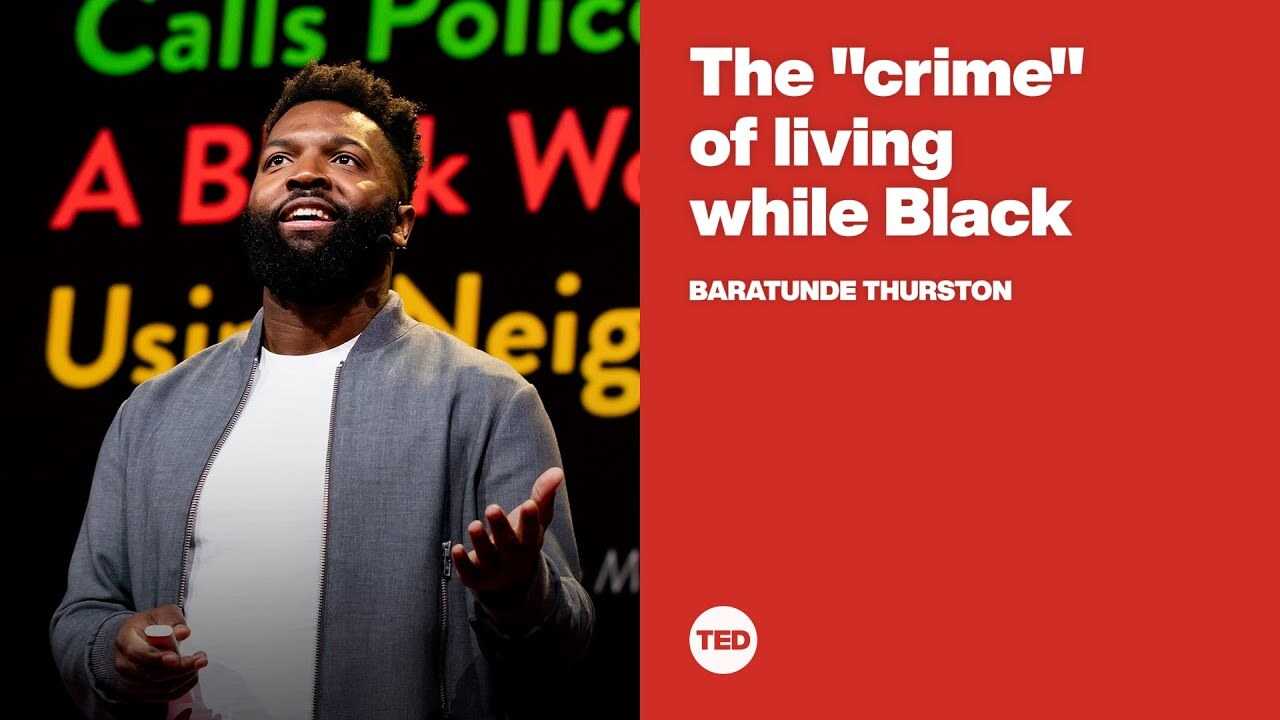
Equal Protection and the 14th Amendment

No State shall make or enforce any law which shall abridge the privileges or immunities of citizens of the United States; nor shall any State deprive any person of life, liberty, or property, without due process of law; nor deny to any person within its jurisdiction the equal protection of the laws.
14th Amendment to the U.S. Constitution, 1868

Making Black Lives Matter
The 14th Amendment is one of the key changes to the U.S. Constitution made during Reconstruction. Ratified in 1868, three years after the abolishment of slavery, the amendment served a revolutionary purpose—to define African Americans as equal citizens. It declared that all people, regardless of race, were entitled to the same rights and protections under the law.
But 150 years later, the struggle to secure such rights and protections continues. In 2013, in response to violent and discriminatory treatment of Black people by the criminal justice system, the Black Lives Matter movement emerged. In taking on issues of racial profiling and police brutality, activists compelled the nation to reckon with legacies of white supremacy, violence, and injustice that have persisted for generations. Today, the fight for equal justice continues, raising questions that are at the heart of the 14th Amendment: Who is included in “We the People”? Whose rights does the law protect?

Racial Profiling
Nina Lyrispect Ball protests outside a Starbucks in Philadelphia, Pennsylvania, where two Black men were arrested in 2018.
For African Americans, being targeted for suspicion of a crime simply because of the color of their skin is an everyday possibility. Men, women, and children are routinely confronted while driving, walking, bicycling, shopping, or working, often by law enforcement, sometimes by private citizens. In addition to feelings of humiliation, anger, and alienation, some of these encounters have cost Black people their lives. Despite the 14th Amendment’s promise of equal protection, “living while Black” is often treated like a crime.
Featured Video
The “Crime” of Living While Black
In this excerpt from a 2019 TED Talk, writer and activist Baratunde Thurston discusses how Black Americans are targeted for suspicion in their daily lives.

It didn’t seem like anything was equal when it came to this 17-year-old kid. . . . Trayvon had a right to walk in peace without being followed, chased, pursued, profiled, or murdered.
Sybrina Fulton, mother of Trayvon Martin, 2019

Trayvon Martin
Poster reading “WE ARE ALL TRAYVON MARTIN!” used at Baltimore protests
On the evening of February 26, 2012, 17-year-old Trayvon Martin left his father’s house in Sanford, Florida, to go to the convenience store. While walking back home, he was confronted by George Zimmerman, an armed neighborhood watch captain who had reported Martin to police as a “suspicious person.” During a struggle, Zimmerman shot and killed Martin. Public outcry over Martin’s death and Zimmerman’s acquittal on murder charges inspired the formation of the Black Lives Matter movement.

Police Violence
“Community Control of Police Now” protest sign, 2015
The Black Lives Matter movement called attention to longstanding threats to African American communities from racism in law enforcement, most powerfully demonstrated by the killing of unarmed Black people by police. The names of the dead—Eric Garner, Michael Brown, Tamir Rice, Freddie Gray, Sandra Bland, Breonna Taylor, George Floyd, and many more—became rallying cries for protests across the nation and around the world. Beyond holding individual officers accountable, activists have sought to address systemic issues of racial injustice, demanding wide-reaching reforms in how police departments are structured, staffed, and funded.

Say Her Name
Janelle Monáe and Wondaland Records members perform the Say Her Name protest song “Hell You Talmbout” during a rally in Atlanta, Georgia, 2016
The #SayHerName campaign, launched by the African American Policy Forum and the Center for Intersectionality Policy Studies in 2014, brings awareness to the stories of Black women and girls who have been victimized by racist police violence. Though widespread, these cases are often underreported and overlooked in comparison to cases involving Black men. Combining scholarship and activism, the campaign released a report in 2015 examining how interrelated factors of gender, race, and sexuality inform the abusive treatment of Black women by law enforcement.

Citizens' Rights: The 14th Amendment
The 14th Amendment redefined U.S. citizenship and required the federal government to uphold individual rights and protect all citizens.



